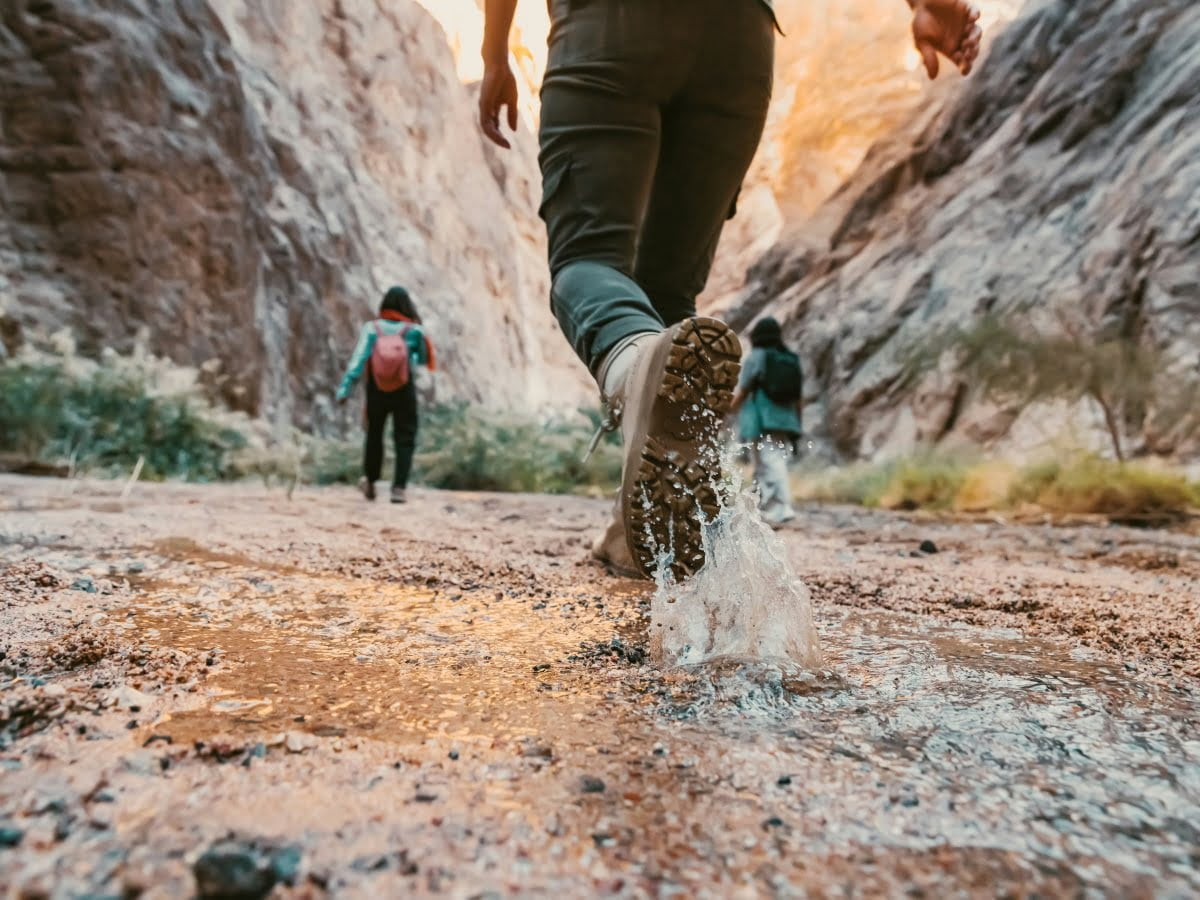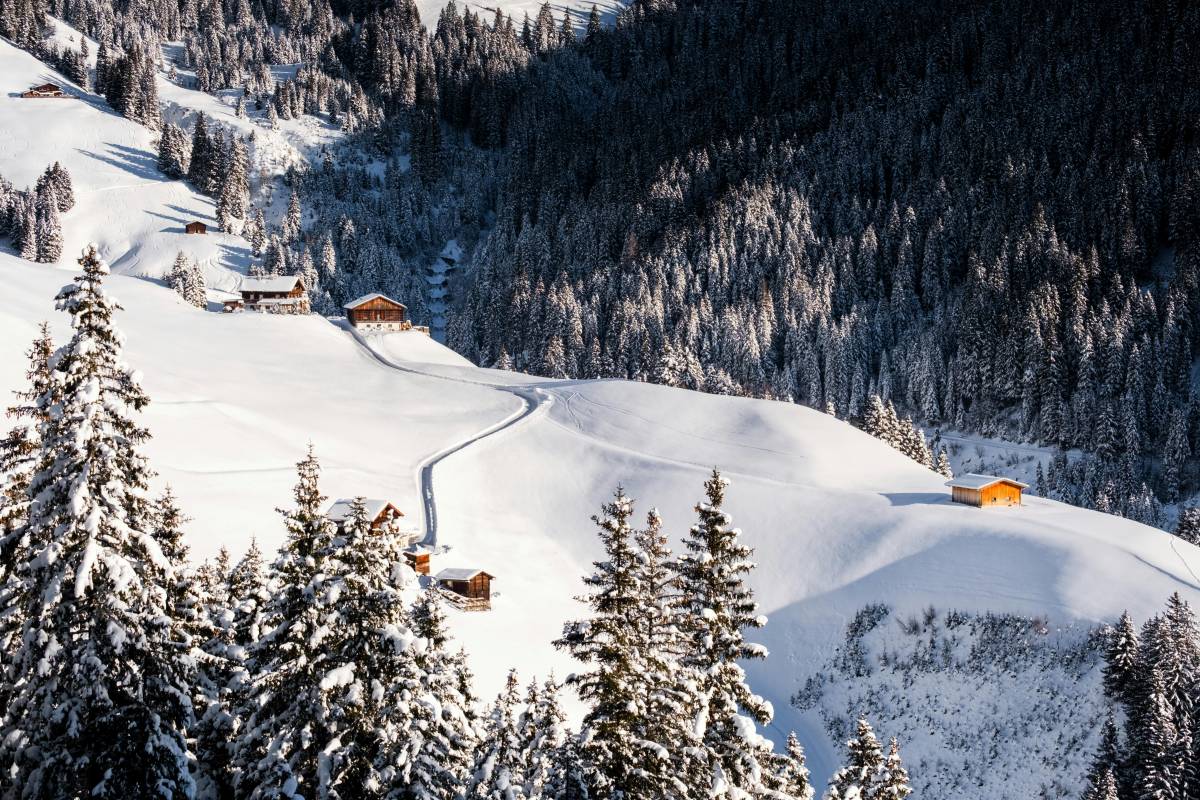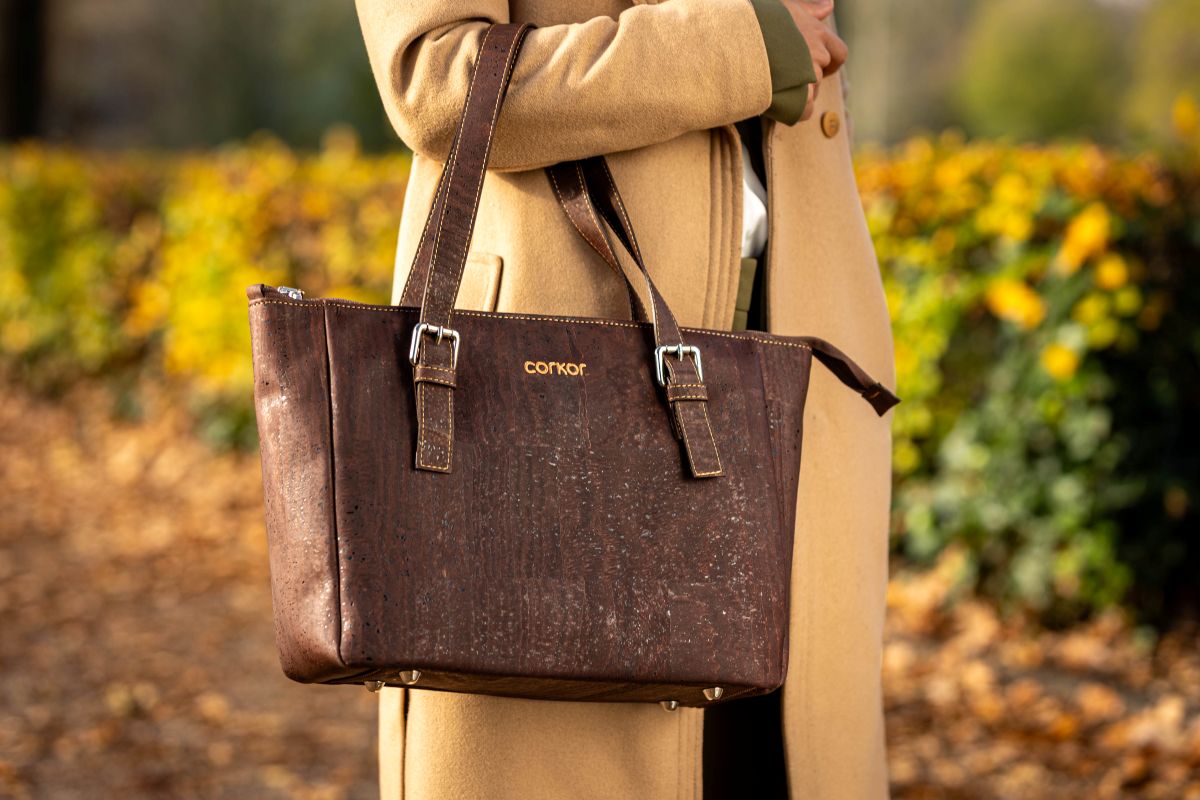You can't see it, but it's there. In many hiking boots there is a membrane, which is a thin layer of material between the different layers of a hiking boot that makes the shoes waterproof, water-repellent and breathable. Ideal those waterproof walking shoes! However, behind these innovative membranes is a durability issue that cannot be ignored. And that is PFAS.
PFAS in the world, it's in more than your hiking boots
Increasingly, we hear the term PFAS. We hear about contaminated drinking water, chemical spills and even PFAS in products we use every day. It is in many pans, rainwear, tents, sleeping bags, carpets, food packaging, baking paper, clothes and even cosmetics, among others. In short, in lots of products that need to be water-, grease- and dirt-resistant. So too are hiking boots.
The term PFAS does not stand for a single substance. The abbreviation stands for polyand perfluoroalkyl substances. It is a collective name for more than six thousand man-made chemicals. They are very useful substances because they make stuff water-, grease- and dirt-repellent. But for several years now, we have also known that some PFAS have harmful properties for the environment and our health - some PFAS can make us sick and even cause cancer. Legislation is under way to curb these substances, although experts also say that alternatives may not be much better. And the PFAS already in the environment are never going away. They are nicknamed the forever chemicals. Want to know more about this? We devoted an article to it.
PFAS in hiking boots
Now that you know PFAS makes gear water- and dirt-repellent, it won't surprise you that many hiking boots also contain PFAS. It keeps your feet dry and the shoes looking nice for longer. It is applied in the form of a membrane, a thin, waterproof layer placed between the outer and inner layers of the shoe. This membrane is designed to keep water out while still being breathable, allowing moisture to escape from inside. Popular waterproof membranes in hiking boots, such as Gore-Tex, used polytetrafluoroethylene (PTFE), a type of PFAS also used in non-stick pans, until 2023. We have also written about PFAS in pans. But good news: since 2023, Gore-Tex has been PFAS-free.


Fine those waterproof hiking boots, but less fine are the PFAS often used for this.
What to do with your ‘old’ waterproof hiking boots?
PFAS-free developments are so recent that chances are your hiking boots still contain PFAS. What now? Jens Oelerich, Senior Researcher in Sustainable Textiles at Saxion University of Applied Sciences, says in Wed: ‘A membrane, if it does not break down, is safe for the environment. Then the question is whether the shoe or jacket it is in can be properly recycled. For Gore-Tex, we know that it is a layer that can theoretically be separated from the rest. That is still very labour-intensive, though, economically it can't be done yet.’ In other words: be careful with your shoes, maintain them well (We also have tips for this) and thank them well when they are no longer wearable.
How do you dispose of them properly? You can put them as a pair (tied together or in a bag) in a textile bin where shoes are allowed (this is not always the case, so check carefully). You should not dispose of them in your household chemical waste. You can also hand in old shoes at the outdoor shop Beaver and at more shops collaborating with Fast Feed Grinded. All affiliated shops can be found here.
Furthermore, Milieu Centraal says of clothing containing PFAS: ‘If you really don't want someone else to use your clothing or for it to be recycled, you will have to throw it away with the residual waste. However, the problem is that nothing is regulated for the disposal of PFAS in clothing in terms of waste disposal. But from literature reviews, it can be concluded that most PFASs from household waste are largely degraded when incinerated in Dutch waste incinerators. However, it also appears that, after flue gas cleaning and carbon dioxide recovery, there may still be PFASs in the flue gases.’
Want to know if your hiking boots contain PFAS? You can send the supplier a letter. They are required by law to reply within 45 days.
Waterproof hiking boots that are more durable
Awareness of the ecological risks of PFAS has also led to the search for more sustainable alternatives in the footwear industry. Manufacturers are experimenting with materials that have less negative impact on the environment, such as PFC-free (perfluorocarbon-free) waterproof membranes and biodegradable options. As a hiking enthusiast, consider supporting brands that actively work to reduce PFAS use and embrace alternative, more eco-friendly materials. These choices help preserve our beautiful natural environment and reduce the carbon footprint of your hiking adventures. Some outdoor brands working on this: Vaude, Patagonia, Lowa, Jack Wolfskin, Mammut and Hanwag (uses their own Ecoshell membrane). Tip: at outdoor shop Bever you will find many of these brands under one roof.
We wrote about hiking boots before. Also check out our maintenance tips and tips for finding the finest hiking boots that suit your feet and walking style.
More sustainable tips from thegreenlist.nl
- A sporty and sustainable holiday: Go on walking holidays in the Netherlands and surrounding areas.
- Also nice: a sustainable cycling holiday.
- Nice camping? Use these tips to find the nicest sustainable campsite.
Sources: Wed, RIVM, WHERE IS IT.nl, nrc.nl. Photo credits: main image: Neom (Unsplash), photos read through: PNW Production (Pexels).












